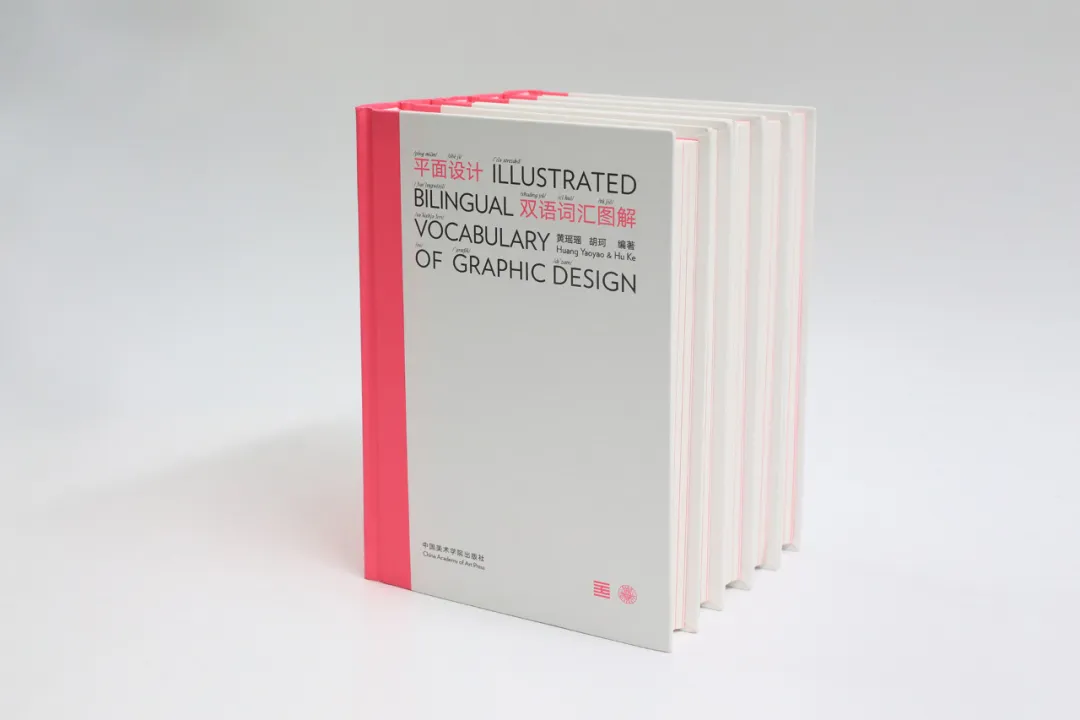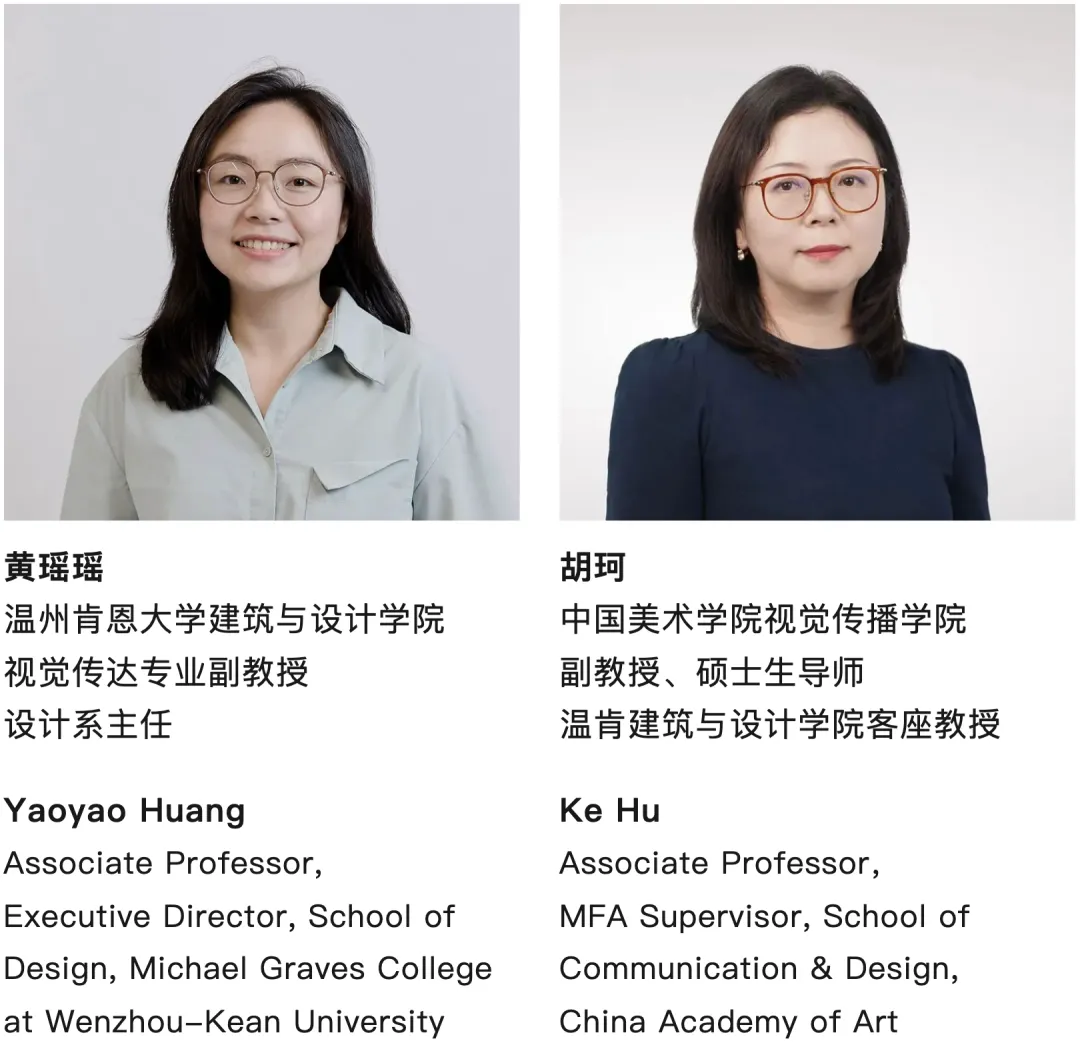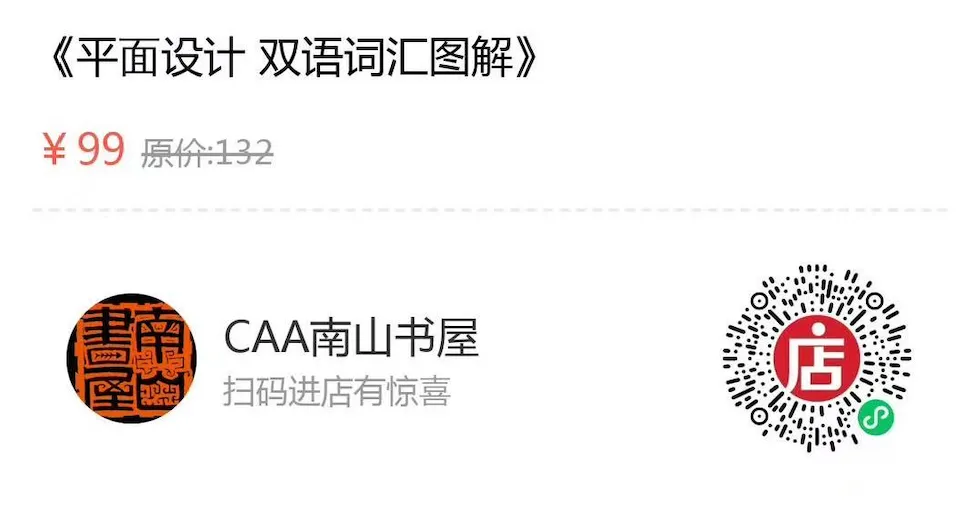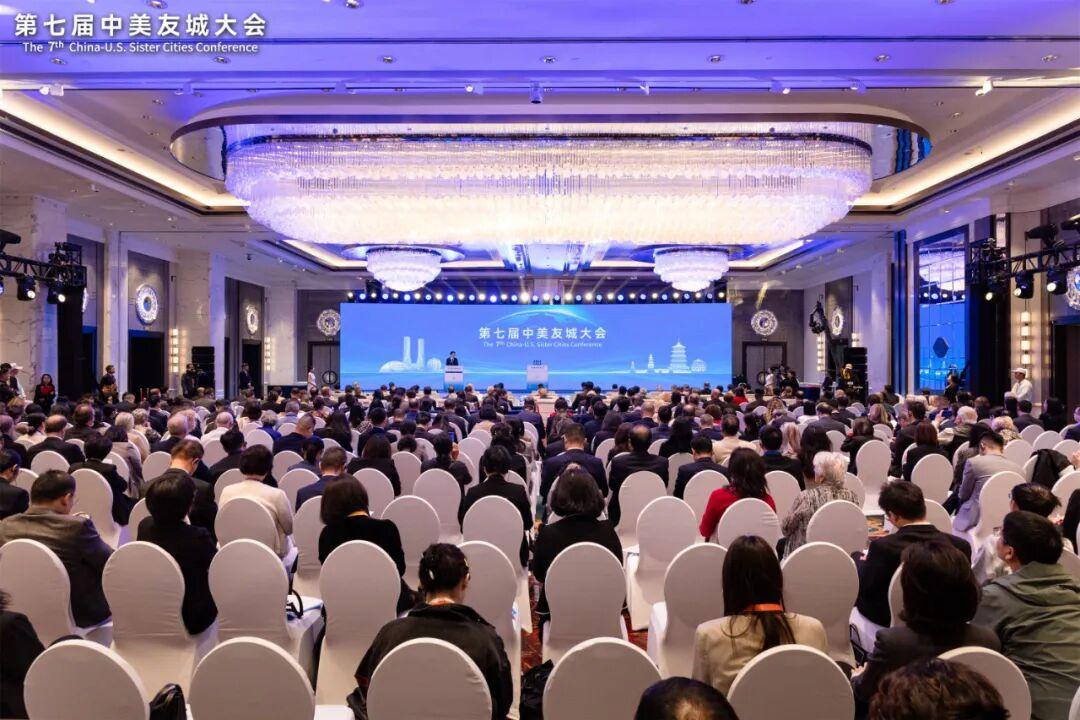Wenzhou-Kean University and the China Academy of Art have co-authored “ Illustrated Bilingual Vocabulary of Graphic Design”, building a bridge between Chinese and Western design terminology
In the context of globalization, graphic design faces ongoing challenges in bridging Chinese and Western terminology. To address this, Prof. Hu Ke (China Academy of Art) and Prof. Huang Yaoyao (Wenzhou-Kean University) spent five years compiling the Illustrated Bilingual Vocabulary of Graphic Design and donated this book to Wenzhou-Kean University Library. What surprises does this thoughtful work hold for students and professionals alike? Let’s find out.


1. What was the opportunity that prompted both of you to collaborate on Illustrated Bilingual Vocabulary of Graphic Design, and what was the original intention behind writing this book?
Yaoyao Huang: In 2019, through the recommendation of Prof. Yuan Youmin, we had the honor of inviting Prof. Hu Ke to join the Graphic Design program at Wenzhou-Kean University (WKU) as a visiting professor. Prof. Hu has been deeply engaged in bilingual education for many years and previously led a provincial-level project titled "A New Compilation of Bilingual Terminology for Graphic Design Education." To address the practical challenges our students faced in understanding professional terminology in an all-English teaching environment, I proposed jointly compiling and publishing a bilingual glossary. This proposal later received support from the Zhejiang Provincial Leading Talent Program for Higher Education in 2020, which enabled the project to be officially launched and implemented.
Ke Hu: Ten years ago, when my project “A New Compilation of Bilingual Terminology for Graphic Design Education” was completed, I already had the idea of writing a bilingual textbook. Therefore, that idea resurfaced when I was later invited to teach Design in English at the Wenzhou-Kean University (WKU). Yaoyao and I hit it off immediately and decided to co-author the book. For a university like WKU, which operates under a Sino-US cooperative education model, publishing a bilingual design glossary couldn’t be more fitting. After five years of work, the moment I held the finished book in my hands, I felt both excitement and anxiety—a mixture of the joy of achievement and a sense of responsibility toward readers. This book marks an essential milestone in our professional careers. Still, more importantly, I see it as a gift for design students studying abroad and for designers with an international perspective.
2. In this era of artificial intelligence, where translation software is developing rapidly, why compile such a printed terminology book?
Ke Hu: During the writing process, we also experienced self-doubt: why turn something into a printed book when translation software can already do it? A printed professional glossary may seem somewhat “retro” in today’s context, but its value has not disappeared—on the contrary, it has become more unique and essential in certain aspects. In the era of artificial intelligence, a printed glossary serves more as a carefully constructed knowledge map, an authoritative and reliable point of reference, and a focused tool for deep learning. It fulfills fundamental human needs for systematic knowledge, deep understanding, reliable reference, and focused study—needs that AI tools cannot yet fully replace. Readers can better transform descriptive design vocabulary and methods from surface-level working memory into long-term, internalized knowledge through note-taking and the integrated memory of text and images in print. This immersive learning process aligns with the cognitive reinforcement mechanisms of flow theory and fosters designers’ subjective understanding of the cultural context behind terminology.
Yaoyao Huang: The emergence of AI tools such as ChatGPT has indeed brought great convenience to translation and proofreading. However, the work of lexical interpretation has existed in the past and will continue to exist. This book, as an "introductory guide" to graphic design, pays special attention to the following types of terms: frequently discussed fundamental concepts, such as graphic design (p24), typography (p60) etc.; terms that have not yet been translated, such as gadzook (p83), showing (p100), etc.; comparisons of easily confused terms, including apex (p60) vs. vertex (p109), kerning (p60) vs. tracking (p60), em dash (p79) vs. en dash (p80) vs. hyphen (p87); terms whose meanings differ greatly from everyday usage, such as single-story (p100), signature (p149) etc. More importantly, this book uses illustrations to help readers intuitively understand the terms and their corresponding design methods, such as baseline (p63), dumb quotes (p78), and so on. In addition, my way of learning English in the past was to memorize vocabulary and example sentences extensively; if these examples are related to design learning, they serve multiple purposes simultaneously.
3. In the context of globalization, how does this book help designers address the communication issues between Chinese and Western design terminology?
Yaoyao Huang: Based on the imported nature of Western design terminology, this book adopts an “English-first” structure and an A–Z alphabetical indexing system. Aligned with the undergraduate curriculum of Visual Communication program, the content is divided into seven chapters: “Design Fundamentals,” “Typography and Type in Use,” “Book Design and Binding,” “Packaging and Materials,” “Identity and Branding,” “Motion Graphics and Animation,” and “Interface and Digital Technology.” The book includes 876 core entries, supplemented by over 150 illustrations and more than 500 sets of related terms, helping readers understand word origins and application methods, thereby enabling precise and effective communication in cross-cultural design contexts.
Ke Hu: In the field of design, a large number of specialized terms have already been established in the West. While Chinese design terminology is also developing, it often faces issues such as inconsistent translations, vague concepts, or direct use of English terms. This book offers standardized bilingual equivalents to ensure that Chinese and Western designers use precisely corresponding vocabulary when discussing the same concept. Doing so breaks down language barriers, enables accurate communication, and improves the efficiency and quality of cross-cultural collaboration. The compilation of such a book itself contributes to the standardization and normalization of Chinese design terminology, laying a more professional and international linguistic foundation for the entire design industry in China.
4. What was the biggest difficulty or the most critical breakthrough point in compiling this book?
Ke Hu: We still don’t quite know what gave the two of us the courage to take on the task of writing a dictionary-style reference book—it was by no means an easy undertaking. The greatest challenge throughout the process was striking a balance between “professional precision” and “ease of understanding.” Every English term had to be matched with the most accurate equivalent in the Chinese context, aiming to convey the concept’s core clearly and concisely. The illustrations, however, are the true soul of this book. Design involves many highly visual concepts, and textual descriptions are often less effective than a clear diagram. Visual explanations can transcend language barriers, allowing designers to instantly grasp the specific visual form or operation a term refers to.
Yaoyao Huang: After the publication of this book, we have come to recognize the limitations in vocabulary coverage and the unfinished work of etymological interpretation. In the era of digital intelligence transformation, the design knowledge system is becoming increasingly vast and profound, while the disciplinary boundaries of graphic design are growing increasingly blurred. Moreover, the interpretation of terminology often allows for multiple answers—or lacks a standard answer altogether—and translation naturally entails an unbridgeable gap, as our understanding of a second language can hardly match the precision and richness of our native tongue. Examining and interpreting terminology in the design field is a lifelong endeavor.
5. The compilation of this book was jointly undertaken and successfully completed by Professor Hu Ke from China Academy of Art and Professor Huang Yaoyao from Wenzhou-Kean University. How has this cross-institutional collaboration influenced the development of academic research and talent cultivation in the field of graphic design at both institutions?
Yaoyao Huang: China Academy of Art carries the profound heritage of Eastern design traditions, while WKU represents innovative practices in Sino-US cooperative international education. As a result of cross-institutional collaboration, this book can serve as a research foundation for “cross-cultural design education” and “design corpus construction.” We also hope it can contribute to sharing educational resources and building an academic community. Unlike Professor Hu, who has authored numerous publications, this is my first book. Whether it was giving lectures at WKU or guiding the publication process, I am deeply grateful to Professor Hu for her support.
Ke Hu: Regarding talent cultivation, this cross-institutional collaboration has broken down barriers between universities, allowing a broader group of Chinese students to access high-quality educational resources. The cooperation between institutions has created a synergistic effect where 1+1 is greater than 2. This book provides standardized bilingual teaching and reference materials for faculty and students in design schools, enabling students to systematically learn and reinforce both Chinese and Western design terminology, thereby enhancing their professional language skills and laying a foundation for international development. At the same time, it paves a linguistic path for the exchange and integration of Eastern and Western design ideas, styles, and practices, making creative collaboration smoother and more effective.
The Book Donation Ceremony at WKU

Borrowing details: The book of lllustrated Bilingual Vocabulary of Graphic Design is now available for borrowing at the WKU Library. The call numbers are NC997 H83 2025 CN/EN and NC997 H83 2025 CN/EN_c.2.
Purchase link:





